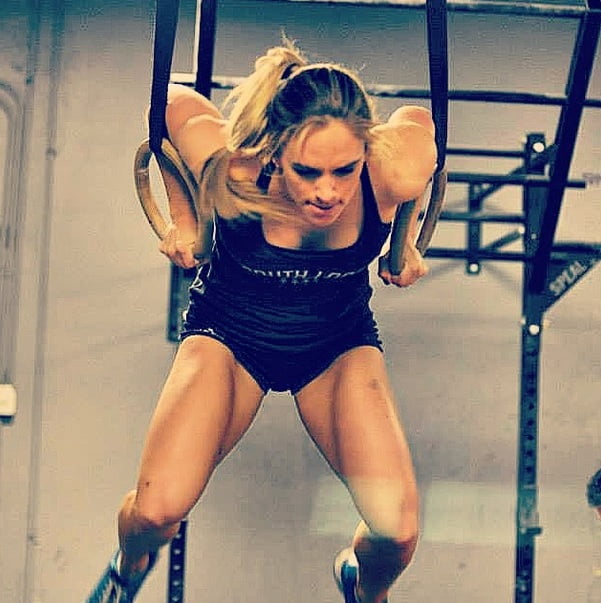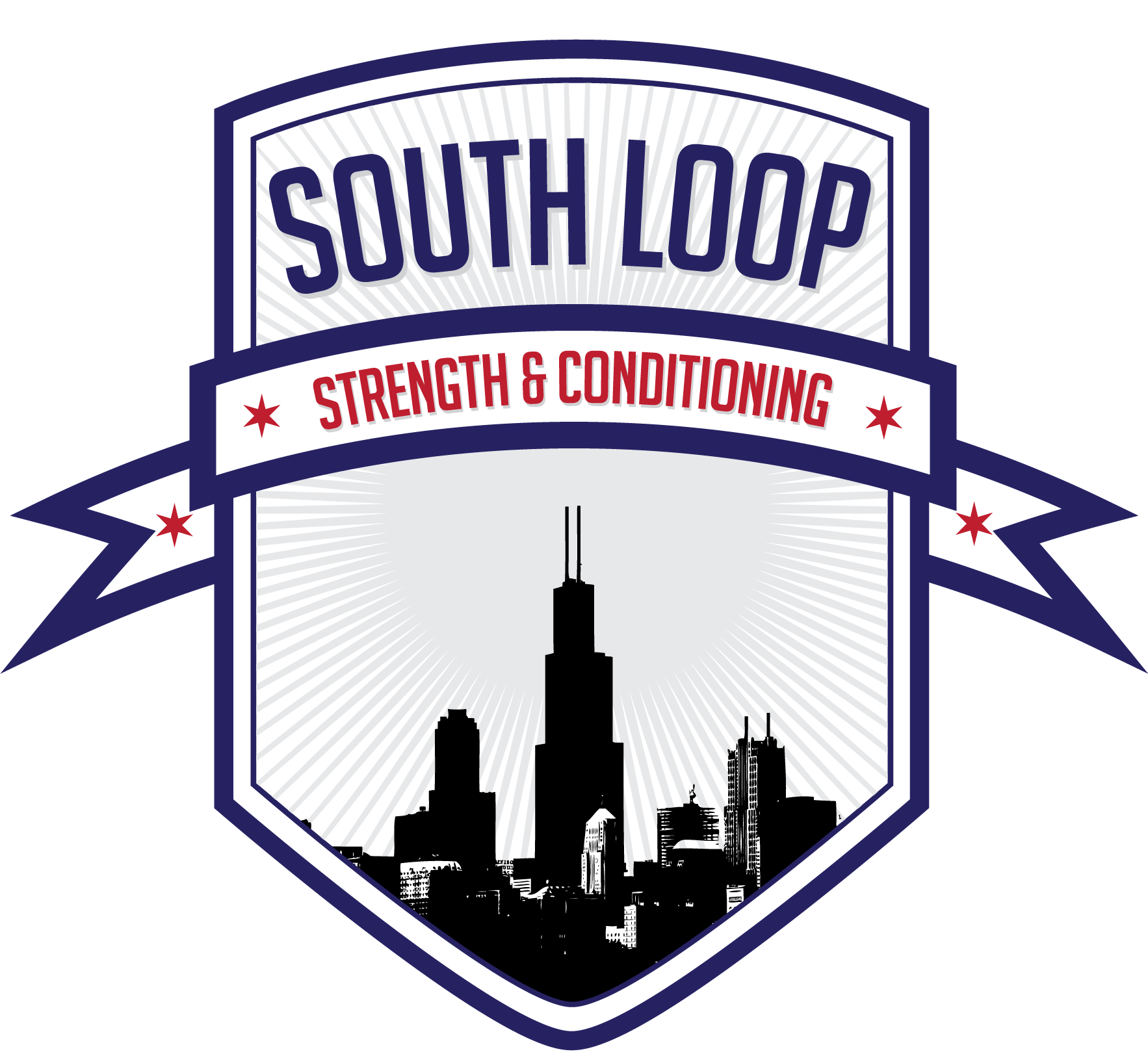
CrossFit athletes love metrics. With the Open recently over, I think there's more than a few folks reading this who can relate to poring over the leaderboard – wondering why one athlete crushed the toes-to-bar workout and struggled on the chest-to-bar pull-ups or why one athlete hit twenty pounds over their listed clean and jerk on 15.1A and another hit twenty pounds below it.
We also obsessively track our own benchmarks, with spreadsheets and notebooks full of one rep maxes and times on "The Girls."
In a sport with so many competing demands, it makes sense to have a very dense block of metrics to choose from to try to quantify performance.
Even folks who only want to look better and feel better can also latch onto metrics. At South Loop Strength & Conditioning, we give all of our clients notebooks on their first day and we encourage them to track what weights they've been using, how many reps they've been doing, and how they're feeling on workouts.
So, it makes sense that people within the CrossFit community latch onto things like HRV (heart rate variability), BMR (basal metabolic rate) and their percentage of time in REM sleep. They love numbers.
With the advent of wearable technology and smartphones we can measure all these things with a smartphone or a bracelet, and we also have folks like Tim Ferriss implanting glucose monitors into themselves.
This is potentially massively valuable. With data, we can start to track changes. When we start to track changes, we can look for disproportionate results.
I see the biohacking mindset as somewhat similar to the mindset of a direct marketer. With a sizable e-mail list, you can look at things like open rate, response rate and purchase rate when you try to sell something. You can also run A/B tests, which are basically miniature experiments, where you segment your list and change variables like subject lines, calls to action, and pricing.
Sometimes these seemingly minor changes can cause big shifts. Amazon, for example, was able to increase click-through-rate 42% on an e-mail by eliminating additional offers – a less distracted customer was more likely to take action.
Similarly, in the fitness world, we can track things like our fasting blood glucose and our heart rate variability. We can get our veins punctured and track our testosterone, our blood lipids, and our thyroid hormones. We can spit into a tube and find out what our cortisol secretion looks like throughout the day. We can also step into the lab and get a DXA scan, or we can fire up the treadmill or hop on the airdyne, put ourselves through some misery, and come out on the other side knowing our VO2 max or our lactate balance point.
Maybe we can notice that implementing a daily meditation practice massively regulates our morning heart rate variability, indicating an improved balance between our parasympathetic and sympathetic nervous system – and hopefully better recovery from training. Maybe we see that consuming carbohydrate before bed improves the amount of time we spend in REM sleep – hopefully making us feel more well-rested and focused the next day.
I've done all of these things and more, and, believe me, it feels good to have numbers – I love a nice pie chart or a gradiented bar graphs.
But, what happens when what we're really chasing is more complicated than numbers? Most of us want to either perform better, or look better and feel better. And, while we can potentially get some insight into where to focus our efforts (If your HRV is all over the place, you may need to adjust your training program, for example), our goals are much more complicated than simply seeing the numbers on a lab test go up or down.
Endurance sports have gone through the same issue with metrics like VO2 max (the maximum oxygen uptake achieved through an incrementally more difficult test – usually performed on a treadmill or an exercise bike). The VO2 max is great to study in the laboratory setting, since it can be easily tested and plotted, and it seems to show a true change in physiology. However, there's a problem. Once you try to extrapolate VO2 max to performance, there's a breakdown.
In elite endurance athletes, there may be a VO2 max "buy-in" to be able to compete at certain levels in the sport, but there's no clear link between VO2 max and who crosses the finish line first. Steve Magness dissects the topic extensively for runners here.
Similarly, when you start to look into the scientific literature on supplements and training methodologies, (you can find all kinds of studies showing massive spikes in things like post-workout growth hormone or muscle protein synthesis)[http://suppversity.blogspot.com/2012/09/anabolic-workouts-revisited.html]…but no significant changes in performance or body composition.
Why is this the case?
Is it because there are more variables than VO2 max that contribute to performance? What about running economy? And lactate threshold? And bodyweight? What about "softer" traits like mental toughness? And having a good pacing strategy?
If we could just measure all of these things, would we be able to predict who is going to win a race?
Probably not. Why? Because performance is an emergent phenomenon. Just like analyzing a single bird can't tell you where the entire flock is going to go, obsessing over specific data points can't tell you where your performance is going to go. But, just like a flock of birds, one metric that is wildly out of line can disrupt the whole system.
So, self-tracking can't be massively beneficial for those chasing changes in performance or body composition. But, to use a cliche, many folks lose the forest for the trees when tracking things that are really just proxy metrics for what we're truly after.
If you want to make it to the CrossFit Games Regionals, I don't know that taking your VO2 max from 65 to 70 is going to do it. Nor is dropping your body fat percentage from 12% to 10%. Nor is taking your deadlift from 505 to 545. These things may all help, but the overall question you must be asking is "Does this make me better at the CrossFit Open?"
If you want to look good and feel good, I don't know that dropping your fasting glucose from 100 to 85 is going to help. I also don't know that perfectly aligning your daily caloric intake with the Harris-Benedict equation is going to do it, either. Again, these things may be part of the puzzle, but the fundamental question is "Do my pictures look better, and can I focus better in the late afternoon?"
A lot of folks have an understanding of being "results driven," but trouble pops up when we start obsessing over numbers that aren't necessarily going to give us what we're truly after.
This isn't the fault of biohacking, per se, but is rather the misapplication of metric driven training. Chase performance. Chase better looking selfies. Let your numbers be your guide, not your master.

